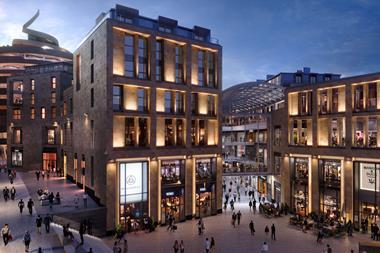Pressures on the retail industry are forcing businesses to take a step back and re-evaluate their store portfolios.
Pressures on the retail industry are forcing businesses to step back and re-evaluate their store portfolios. In the face of rising business rates, rocketing multichannel sales and volatile footfall, aggressive retail policies have been shelved in favour of realignment and restructuring.
Up and down the high street and in the multichannel arena, there’s evidence of retailers re-examining their property requirements and asking themselves some tough questions about the space, focus and reach they have.
Essentially it all boils down to one key question - can I do what I’m already doing better?
For scores of retailers the answer is a resounding yes, as many choose to refocus and reconfigure their estates, rather than rush headlong into establishing new premises and store formats.
We look at how some of the biggest names in retail, including John Lewis, Argos and Kiddicare, are evaluating everything from where they want stores to be to the kind of shops they want. It’s such considerations that are leading to sweeping changes to store formats and the way locations are determined.
As the explosion of multichannel continues to blur the lines between physical and digital space, businesses’ existing distribution arrangements are also coming under scrutiny. We weigh up the pros and cons of retailers having separate distribution centres for each arm of their business, online and in store, or bringing everything under one roof.
The UK’s designer outlet sector is also undergoing a period of reinvention as it draws ever closer to saturation point. With only two new outlet centres being built in the UK, the future may be about less rather than more.
Big shopping parks and out-of-town centres are enjoying a period of growth and evolution. A number of retailers traditionally wedded to the high street are considering out-of-town properties as the benefits of easy access, free parking and a broad spectrum of retail warehouse offerings become more attractive.
West Bromwich is another example of a town that’s transforming thanks to Tesco. The grocer has been developing a handful of town centres as it works to make sure its new stores benefit the area around. We put its latest inner-city regeneration scheme, New Square, in the spotlight.
Lessons in how to turn a high street around can also be learned from Covent Garden, which is well on its way to being established as an alternative destination to Regent Street and Oxford Street. Managing the retail mix carefully and having a clear strategy from the beginning has been key to its success and demonstrates how vital strategic, joined-up thinking is in a changing and complex trading environment.
- Laura Heywood, Supplements Editor


























No comments yet